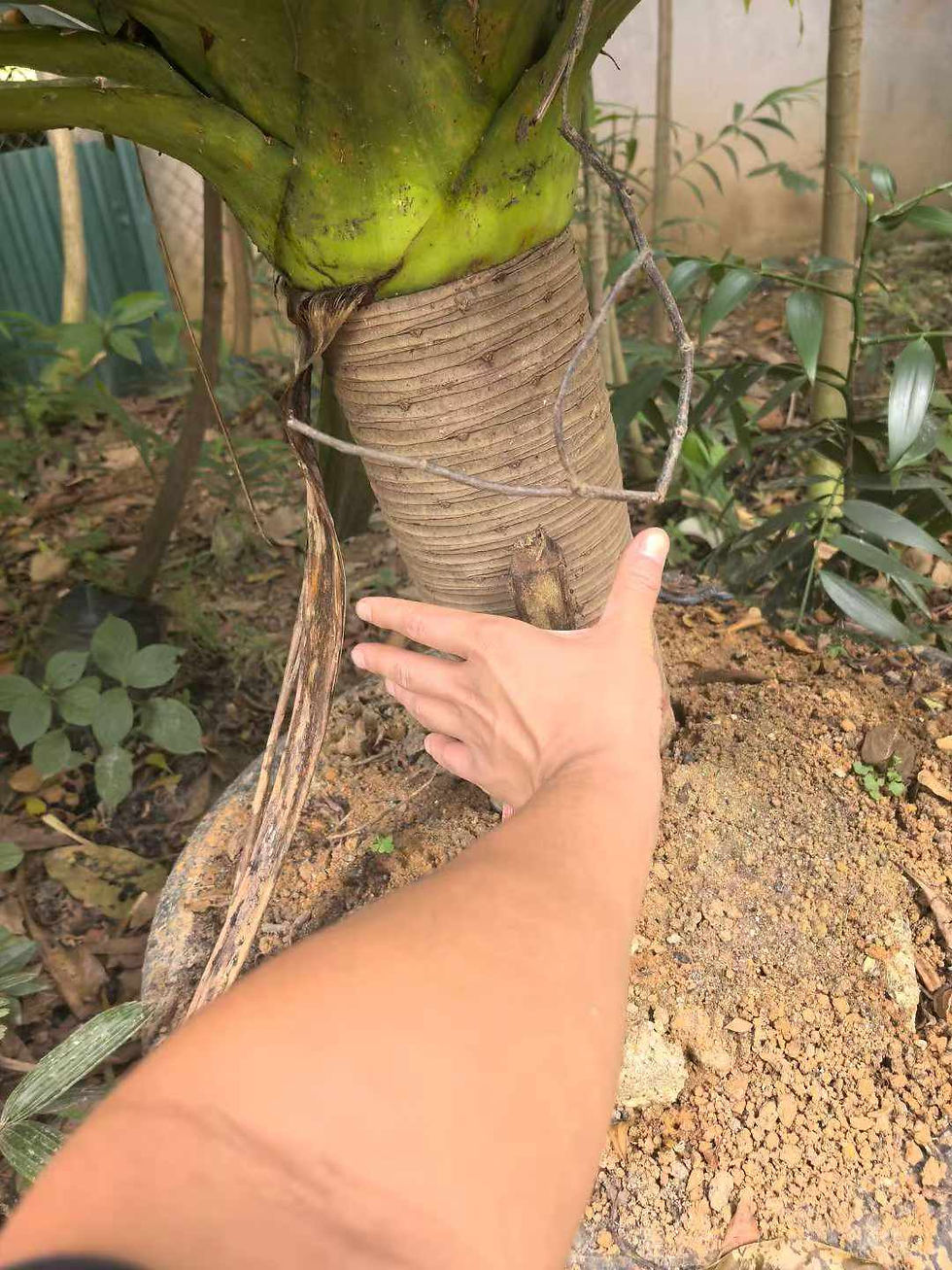Pittosporum brevicalyx
Shrubs or small trees, ca. 10 m tall. Branchlets glabrous or young ones pubescent. Leaves clustered at branchlet apex, biennial; petiole 1–1.5 cm or more; leaf blade dark green and shiny adaxially, obovate-lanceolate, rarely obovate or oblong, 5–12 × 2–5 cm, thinly leathery, puberulous abaxially at first, soon glabrate, lateral veins 9–11-paired, slightly convex abaxially, prominent adaxially, base cuneate, margin flat, apex acuminate or long acuminate. Inflorescences 3–5 in leaf-axils at branchlet apex, corymbose, 3–4 cm, puberulous; peduncle 1–1.5 cm; bracts narrowly lanceolate, 4–6 mm, puberulous; pedicels ca. 1 cm. Sepals ovate-lanceolate, 2–2.5 mm, puberulous. Petals free, 6–8 mm. Stamens slightly shorter than or sometimes 1/2 as long as petals. Ovary ovoid, pubescent; placentas 2, parietal; ovules 7–10. Style usually puberulous. Capsule subglobose, compressed, 7–8 mm in diam., dehiscing by 2 valves; pericarp thin; placentas in proximal part of valves. Seeds 7–10, 3–4 mm; funicle very short. Fl. Mar–May, fr. Jul–Nov.
Forests, thickets, slopes, limestone areas, roadsides; 600--3500 m. Guangdong, Guangxi, Guizhou, W Hubei, Hunan, Jiangxi, Sichuan, SE Xizang (Zayü Xian), Yunnan.
Two syntypes were cited in the protologue: “Ichang [Yichang], Dr. Henry,” which agrees with P. brevicalyx as currently understood, and “Kiukiang [Jiujiang], Mr. Maries,” which agrees with P. illicioides.
The roots, bark, and capsules can be used medicinally in the treatment of chronic bronchitis and coughs.

































